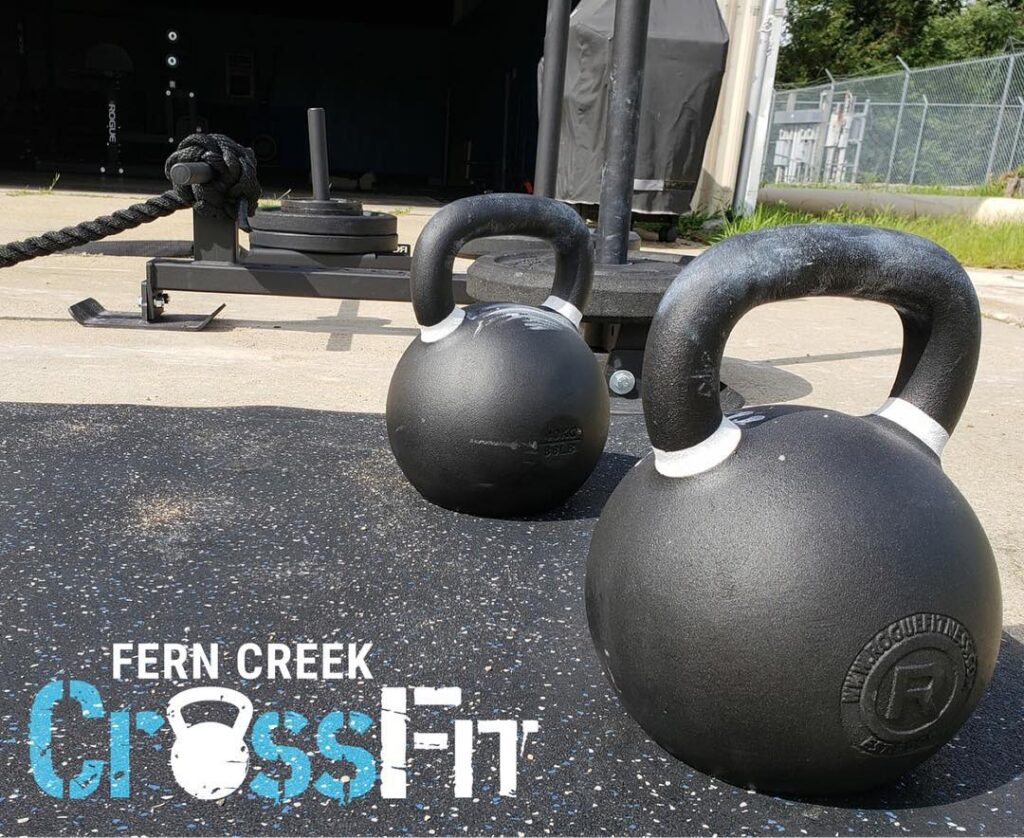Consistency or Intensity…which is going to get you to your goals faster?!
Especially this time of year where workouts can be harder to squeeze in between Holiday obligations, what will get you the most bang-for-your-buck for your fitness?
Right now, everyone can likely fall into one of the these three categories:
- You are consistent but lack intensity
- You have intensity but are NOT consistent
- You are consistent AND have intensity
One of them will produce results (but oftentimes much slower than we’d like), one of them will produce results quickly followed by the majority of us quitting because it isn’t sustainable, and one of them will produce results that are ideal for both our short and long term lifestyles. Each one offers its own positives so let’s start out by acknowledging that doing any of the above is a good place to start!
But let’s break them down:
High Consistency, Low Intensity…
You show up 5 days a week, Monday-Friday. You complete the workout at a “slow & steady wins the race” pace regardless to workout format (from a 20:00 AMRAP to 3 sets of 4:00 AMRAPs). You dab some sweat off your brow and carry on with your day.
This consistency is great. Showing up can be the hardest part so the act of getting in 5 days a week is a big success and will certainly help you see progress in the long run.
Yup, low intensity with high consistency will help you get fitter but it is going to take a while.
High Intensity, Low Consistency…
So if the prior means a long road for progress, this must mean instant results, right?! Kind of…
Approaching your workouts with High Intensity will help you see faster results. The science behind interval training supports a faster change in aerobic and anaerobic capacity, calories burned and overall cardiovascular fitness.
However, without consistency (showing up to class 1-2x per week and going 100% all out), your progress may be stunted by injury before anything else.
Giving 100% effort is tough and can make you feel more sore, leading to you needing a handful of days to recover before you feel like you can come in and do it again. We don’t really recommend this strategy especially because random bouts of going all-out can increase your chance of injury.
So if we had to pick one over the other, High Consistency and Low Intensity is a better place to be than random consistency and High Intensity.
If you need a starting place, Consistency is where you need to begin…then we can work on Intensity.
Consistency and Intensity, in harmony…
Like we just mentioned, establishing a consistent routine is the best place to start. Whether you are a super newbie or have been a member for a while, showing up consistently just makes you better. Consistency can look differently for each person depending on your workout experience. Anywhere from 3 days a week (Mon, Wed, Fri) to 5 days a week can produce positive results.
Once you get the consistency down, we can add in intensity.
Generally, we don’t recommend coming more than 3-days in a row. This is to help you continue giving your best intensity every session!
By day 3, your body is probably pretty sore, your nervous system is a fatigued and your overall energy levels certainly feel less than they did on Day 1. So why push it directly into a 4th and 5th day? Instead, taking a day off to rest and recover and then getting back to it the following day will help you feel better and keep your intensity higher!
Why do we even need Intensity?
We said that consistency in general is better than just intensity, but that doesn’t mean you don’t need intensity too! Consistency will help you get those goals in the long run…your long-term, 1-year out goals can be reached through your consistent habits. But sometimes it can be discouraging to stay the path and see the light at the end of the tunnel in the middle of that long-term timeline.
Intensity helps you take slightly bigger leaps to get you to that goal, shortening the timeline and keeping your motivation higher! Sprinkling in Intensity throughout your consistent routine is the way to balance the two harmoniously.
If you are coming regularly on Mon, Wed and Fri, choose one of those days to be your High Intensity day. That may mean scaling or modifying a workout to allow you to maintain a high-intensity stimulus. Our coaches are pros in helping you figure out how to do that, so just ask them for help!
If you are a 3-on, 1-off, 2-on, 1-off routine person, 1 High Intensity day is also great and you can likely handle 2 days even. You will be able to make the most of your High-Intensity days coming off of our rest days (so, Monday and Friday could be good days to get after it!).
So, get consistent, add intensity, and see your progress excel!
